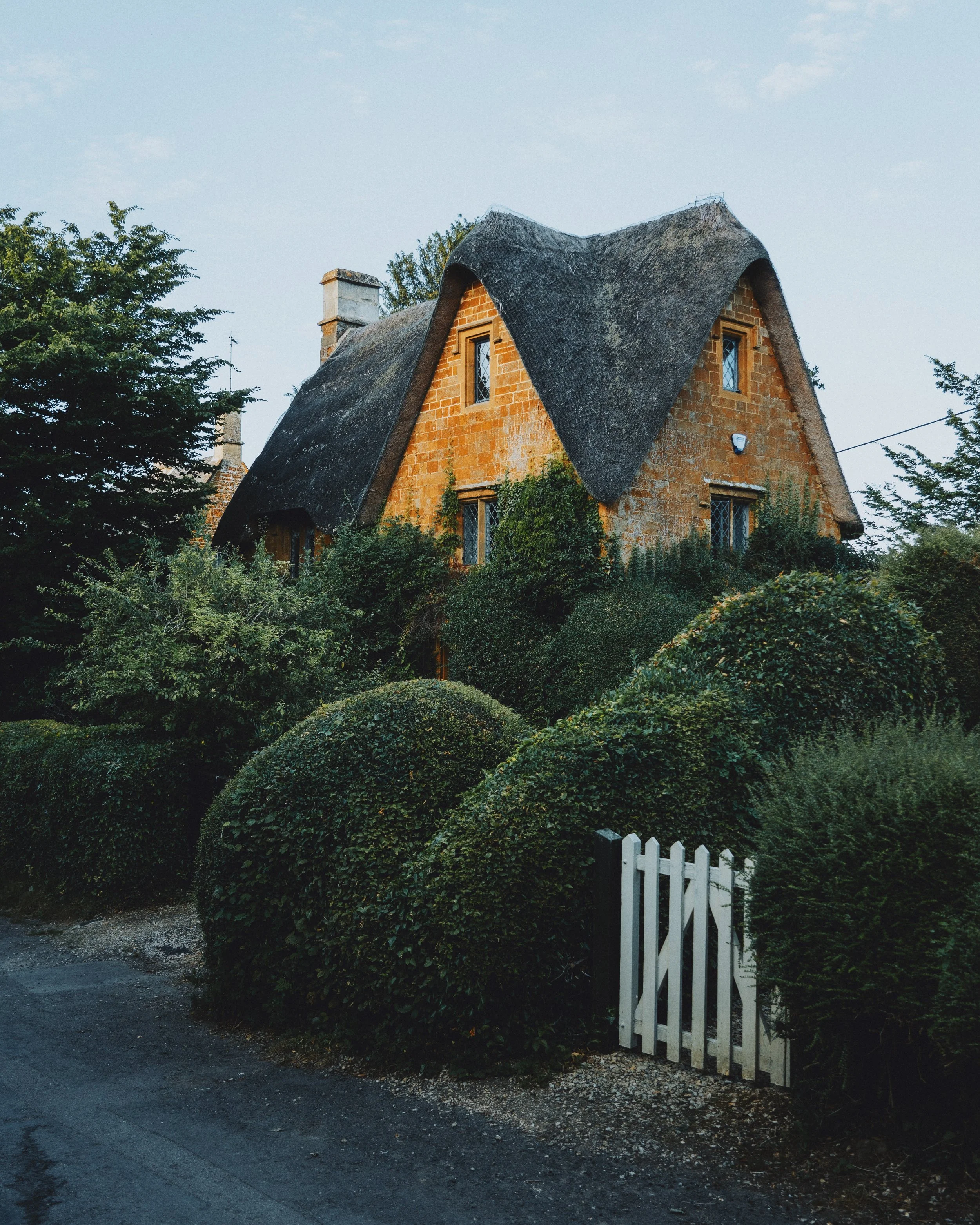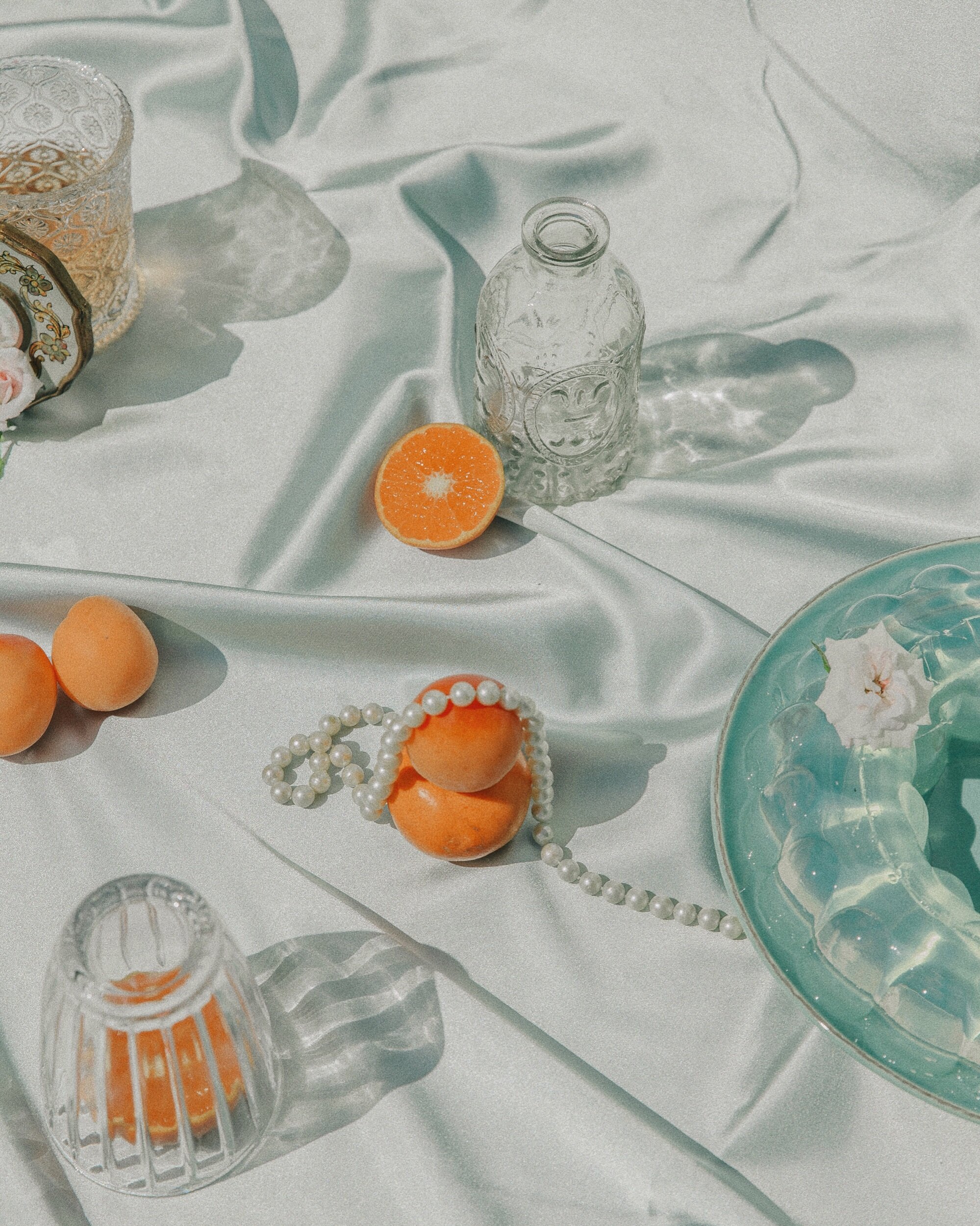Snake Season

Snake Season
Sarah Finley Purdy
On Shedding Fear & Old Ways
This essay is featured in Ekstasis Issue 10 Print Edition
“A snake came to my water-trough
On a hot, hot day, and I in pyjamas for the heat,
To drink there.
In the deep, strange-scented shade of the great dark carob tree
I came down the steps with my pitcher
And must wait, must stand and wait, for there he was at the trough
before me.”
– D.H. Lawrence, “Snake”
In the summer before the pandemic, I discovered a garden snake living in my backyard. I only ever saw it twice during the season; once by the fire pit on the first warm day of the year, and then about a week later, it was suddenly in front of me, gliding into the underbrush. But that was enough to keep me on my guard for the few years I lived in the ivy-covered house at the top of Green Lane.
My husband and I rented a charming apartment, a reworked first-floor of a mansion in Philadelphia, with a backyard of enviable size to the homeowners next door. The house was historic and its original rock wall was structurally important to the safety of the road that ran in front of the house, coming north from the Schuylkill River. Our landlord tried for months to have the backyard zoned so he could put in another building, but to no avail—the neighborhood association wouldn’t allow it. And quietly I was glad; we could keep our yard and the snake could stay.
*
Before I spotted the snake that second time, I saw its skin. And under the shade of one of our sturdy maple trees, I felt a tiny tinge of fear. What if I came upon it suddenly as I walked through the yard in sandals or bare feet? What if our old dog, shaky from arthritis, took a misstep and ended up with a bite?
Growing up in rural Ohio, I was familiar with the large black snakes that left their old skin along deer paths in the forest. As a child, I would sometimes come across the creatures, lying in the underbrush or curled up in a corner of our garage, five feet long. They would seem to appear out of thin air, apparitions and heavy-handed symbols of a biblical fall; signs that danger was near and could strike at any moment. This always amounted to me yelling for my grandfather or my dad, and they would come chase the creature away so I could go about my play.
I quickly learned that peaceful jaunts under the cool trees required an ability to observe the world around me and to divert course at a moment’s notice. To be jarred by something so unpredictable and dangerous, in the midst of a perfectly beautiful day—that was the essence of a snake to me.
*
“The voice of my education said to me
He must be killed,
For in Sicily the black, black snakes are innocent, the gold
are venomous.”
– D.H. Lawrence, “Snake”
My fear of snakes has always been with me, and in a way that sums up an approach to life marked by anxious thoughts and tendencies. When the dark curtain of fear drops, I freeze up; I often expect others to “scare” my problems away, or I run and hide, flat-out avoiding the thing I fear. Not long after I found the snakeskin in my yard, I saw a video of a friend on a hike. At one point she found a small garter snake, and as if it were second nature, she scooped it up delicately in her hands. Her thin fingers and the glint of her ring suddenly seemed to cast the snake in a soft light and aesthetic moment. My initial reaction was to question her judgment—how could she embrace such an unpredictable creature? To trust that it wouldn’t turn and strike, marring her skin with its bite?
In March of 2020, I had just celebrated a birthday, started a new job, was about to ring in my second year of marriage. The pandemic arrived like one of those startling moments from childhood. Out of nowhere, uncertainty and potential bodily harm unfurled from the edges of my landscape and froze me in place. Confined to my house, my yard, my sidewalk, the timeline of my future shrunk before my eyes.
That summer during the pandemic, months after seeing the snakeskin in the yard, it really began to bother me that this specific fear of snakes was still pertinent. After years of counseling and cultivating healthy habits, it persisted. I realized I needed to dig deeper in order to tend the soil of my life.
*
“And I will put enmity
between you and the woman,
and between your offspring and hers;
he will crush your head,
and you will strike his heel.
—Genesis 3:15 (NIV)
Sometimes, it is good to contemplate the first garden on earth—the beginning. Until Genesis 3, everything in creation had been decreed good by God, and though the Serpent is described as crafty, I imagine Eve had no fear or suspicion when it approached her, speaking her name and asking her questions. In the beginning, maybe there was no such thing as fear of snakes. The Serpent’s curse was prescribed at the same time as mankind’s—a fact that has given me pause. Perhaps I share something in common with these creatures that I fear. Would we both trace our fallenness, our curse to suffer and live in enmity, to the same moment?
In the annals of art history, the snake has been a subject of fascination, curiosity, and even devotion for thousands of years. On a recent trip to Ireland, my mother-in-law sent me photos from an exhibition on the Book of Kells. I was surprised to find that in the ancient text the snake was seen in duality, both a reminder of mankind’s fall away from God, and conversely—in the shedding of its skin that reveals a transformed body—seen as a picture of the resurrection of Christ. In all my reading on snakes, I had yet to come across this perspective that seemed to flip the common narrative about snakes on its head.
In 1929, photographer Imogen Cunningham shot a small series in which a garden snake is contained in a bucket. While this sounds simple, even uninteresting, in its basic description, Cunningham’s ability to capture her subject with directness, highlighting the texture and design of the snake’s body, translates in surprising ways. In her images, the vessel containing the snake is abstracted, allowing the viewer to focus on the garden snake, which seems to be floating in refracted light. I was shocked when I first saw them, seeing the snake as a subject of beauty and reverence, glowing in a holy aura. The abstraction of the scene in which the snake was set gave me space to admire the snake’s form and texture. Cunningham, like my hiking friend, positioned the creature as something worthy of documentation, and I began to look more intently and purposefully at images of snakes after that.
*
These days, my belief that snakes are inherently terrifying has been challenged, but as a woman with human blood, perhaps even on a subconscious level, I feel akin to the biblical Eve. Full of doubt and confusion, grasping to understand everything outside my knowledge, grappling with the loss of my own ability to move through life innocently. In one moment of doubt, Eve’s whole life, future, and the lives of her descendants were irrevocably changed. How weighty our decisions become, made on our own, forgetting as we often do God’s kind guidance and wisdom. From my experience, it seems hardship, sorrow, and pain tend to arrive in this way—sudden, and jarring the reality around me. Yet I cannot think of the Serpent and the woman without thinking of Christ. The three have become intricately linked in my mind, forming the strange connection of fallenness to redemption that gives me pause when assessing my own deeper fears.
I never thought I would desire to understand the thing I ran from as a child. As I contemplate the gardens of the biblical past and my immediate present, the hand of God in my life, and even the beauty of snakes, I find that it is permissible to encounter the object of my fear; possibly even to admit that the slippery form of a green garter can be lovely. Until now, the story of the Serpent in Genesis had given me only fear. Now, it points me to the story of redemption, too. In the shedding of a snake’s skin, we can be reminded of Christ’s own changed body, and our own redemption and salvation. Will other things we fear shed their old realities and be transformed? Or simply slide off into the underbrush never to be seen again?
In that summer prior to the pandemic, a seed of realization was planted inside me under the maple tree in the early afternoon, as my dog tottered through the underbrush. When I saw the snake again in its bodily form—not just a skin sloughed to the ground—I knew that not everything I perceive to be dangerous and unpredictable actually is. Form may be similar, but in context and reality they are miles apart. Snakes are not merely crafty creatures to fear and run from. It’s not that simple. Now that I face them head-on, I perceive their complexity and their beauty, observing with awe the marks of my maker’s own hand in their design, imbuing them with a symbol of resurrection.
In his poem “Snake,” D.H. Lawrence grapples with the duality of the snake, as experienced in a domestic encounter. The snake in Lawrence’s poem could be a metaphor for social classes and the struggles between them. But in a literal reading, we see Lawrence acknowledge he has the right to break the snake, but shows restraint by contemplating the creature’s subtle character and its potential as a companion. In this same way, we can each return to the garden, to the site of the initial encounter between Eve and the Serpent. We can choose to live in eternal anticipation of the snake’s poisonous bite, or we can contemplate the object of our fear with curiosity in the context of Christ. I am free to shed this fear like a snakeskin, and take one more step out of the dead flesh of my fallen self and into newness of life.
“But must I confess how I liked him,
How glad I was he had come like a guest in quiet, to drink
at my water-trough
And depart peaceful, pacified, and thankless,
Into the burning bowels of this earth?
Was it cowardice, that I dared not kill him? Was it perversity, that I longed to talk to him?
Was it humility, to feel so honored?
I felt so honored.”
— D.H. Lawrence, “Snake”
Sarah Finley Purdy
Writer & Fashion Historian
Sarah is a writer, fashion historian, and museum professional whose work can be found in Berg Encyclopedia of World Dress and Fashion, Cleveland Art, Clotheshorse, Ekstasis, and Fashion Revolution.
Photograph by Daniel Casson
This essay is featured in the newest Ekstasis Print Edition. Enjoy the fullness of what we have to offer and support our work by buying a copy for your coffee table, office space, or reading nook.




